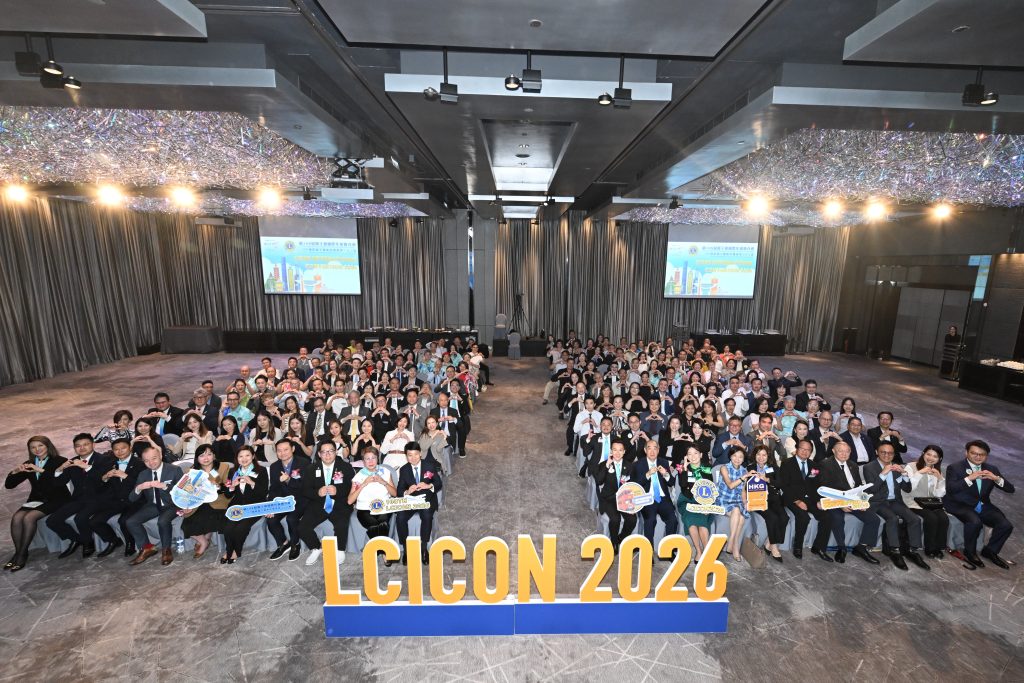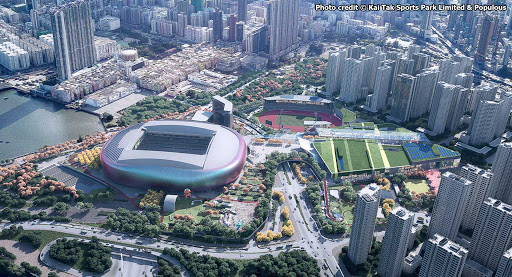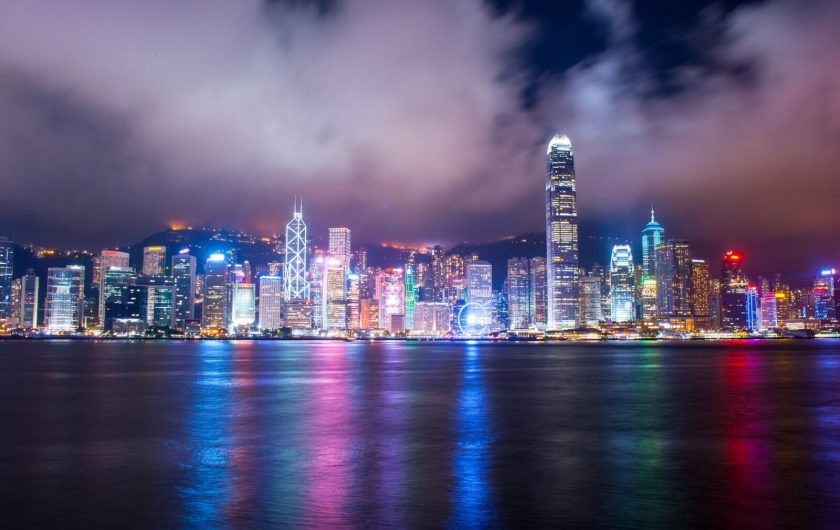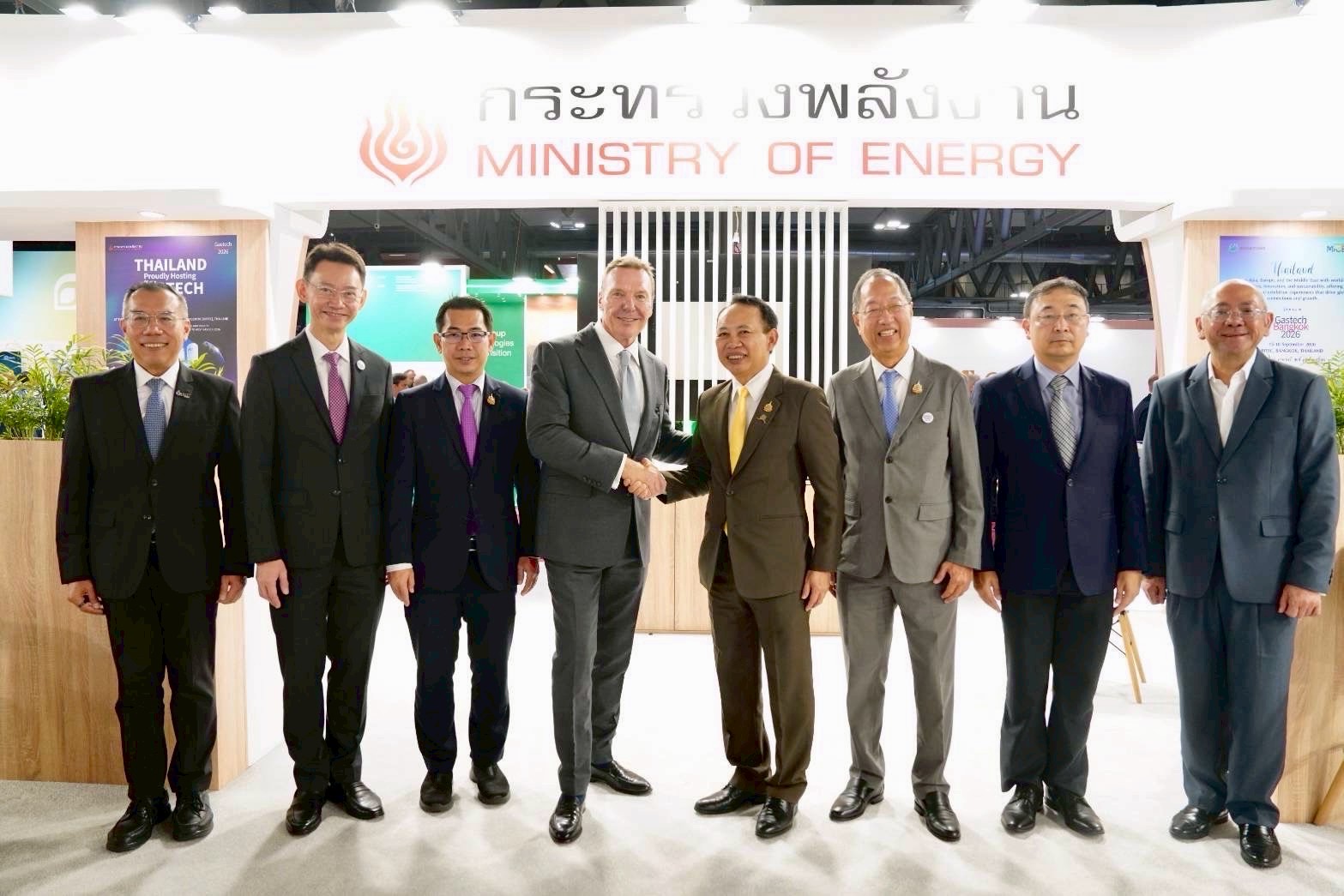A BLUEPRINT outlining strategies to place Hong Kong as a leading global destination for tourism, business events, “b-leisure” and “hub of international mega-events” has been issued.
The city’s Culture, Sports and Tourism Bureau’s “Development Blueprint for Hong Kong’s Tourism Industry 2.0” proposes measures to build on new attractions and venues such as the Lyric Theatre project at West Kowloon Cultural District, Kai Tak Sports Park, the Airport City or SkyCity, at Hong Kong International Airport, the development of the northern Shau Tak area that borders Shenzhen, “panda tourism” and more.

The Mega Events Co-ordination Group, led the city government’s deputy financial secretary, will continue to “take a proactive role in attracting different mega events to Hong Kong with emphasis on quality and quantity”.
Hong Kong Tourism Board (HKTB) will work with the mega-events group to “remove restrictions and facilitate smooth event execution, all of which will boost the retail and hotel industries”, the report stated.
The city’s famed horse-racing has also been factored into the drive for both leisure and business event visitors with travel organisers encouraged to design quality packages that include days and evenings at the Hong Kong Jockey Club’s two stadiums.
New measures include the city’s taxi trade being further urged to adopt contactless payment systems. An estimated 3,500 taxis expected to be licensed by July will be obliged to have the systems in place. At present cash is the only option insisted upon by most of the city’s cabbies. Imposing contactless payment on all of the city’s fleet is still at the proposal stage.
Under a “tourism is everywhere” approach that the travel industry has been advised to adopt, the potential of neighbourhoods and Hong Kong’s coastline and country parks is also emphasised alongside the business-leisure concept and cultural tourism. “Business visitors are increasingly combining leisure time with their business trips, often by adding a few extra days to their itineraries before or after their engagements. This approach allows them to explore their business destinations, alleviating the fatigue associated with long-distance travel.”
Backgrounder… Hong Kong chief fires tourism minister
A new flagship event under the Cultural and Creative Industries Development Agency is being organised as one of the international events at West Kowloon Cultural District. Hong Kong Fashion Fest is set to be an annual signature event to develop the city as a “fashion design hub”.
Business events comes under the blueprint’s strategy on the MICE industry with the 1.3 million delegates attracted in 2023 representing one of the fastest recovering visitor segments following the pandemic.
“The Government has allocated an additional funding of about $200 million to HKTB to secure more MICE events of various scales and types to be held in Hong Kong in the year of 2023-24 and 2024-25,” the blueprint notes.
Voice… What HK needs for ‘mega-events’ to succeed
“Since the resumption of Hong Kong tourism in February 2023, HKTB has successfully bid, assisted in successful bidding, or subsidised over 1,700 international MICE events, which are expected to attract approximately 530,000 MICE visitors to Hong Kong, bringing in promising tourism benefits.”
The city’s most prominent fixture resembling a mega-event is the Hong Kong Rugby Sevens to be held at the end of March in the new stadium at Kai Tak Sports Park. The blueprint notes that the annual seven-a-side rugby event, which was postponed during the Covid pandemic, is a “major strength” in Hong Kong’s visitor economy and a key event in the opening of the sports park.
“The opening of KTSP will completely unleash the strengths and potentials of Hong Kong in hosting high-graded mega sports events in hosting high-graded mega sports events and entertainment,” according to the report.

The Kai Tak area, which also includes the city’s main cruise terminal, is one of the developments counted on easing the shortage of venues for major events. Cruise travel features prominently in the report alongside a drive to attract more visitors from the Middle East featuring the promotion of halal food along with Arabic signage in taxis and at the airport to encourage their return.
Expansion work at AsiaWorld-Expo, the upcoming Airport City is set to provide more event space, along with the planned extension of Hong Kong Convention and Exhibition Centre. However, the report recognises a shortage of suitable venues for large groups and the much-heralded mega events.
“While the opening and commissioning of the Kai Tak Sports Park will effectively alleviate the demand for entertainment and other large-scale activity venues, Hong Kong is still facing a shortfall in venues for events such as conventions and exhibitions, outdoor performances, and sporting competitions. To meet the demand for different scales and types of events, Hong Kong needs more effective utilisation and management of its existing venues resources.”
Other challenges cited in the blueprint include manpower shortages at hotels and venues along with advisories from certain foreign government warning their citizens travelling to Hong Kong about apparent restrictions they face under the National Security Law. Researchers from the Our Hong Kong Foundation – the tourism blueprint authors – said the foreign governments concerned were out to “abuse and politicise” the advisory system.



